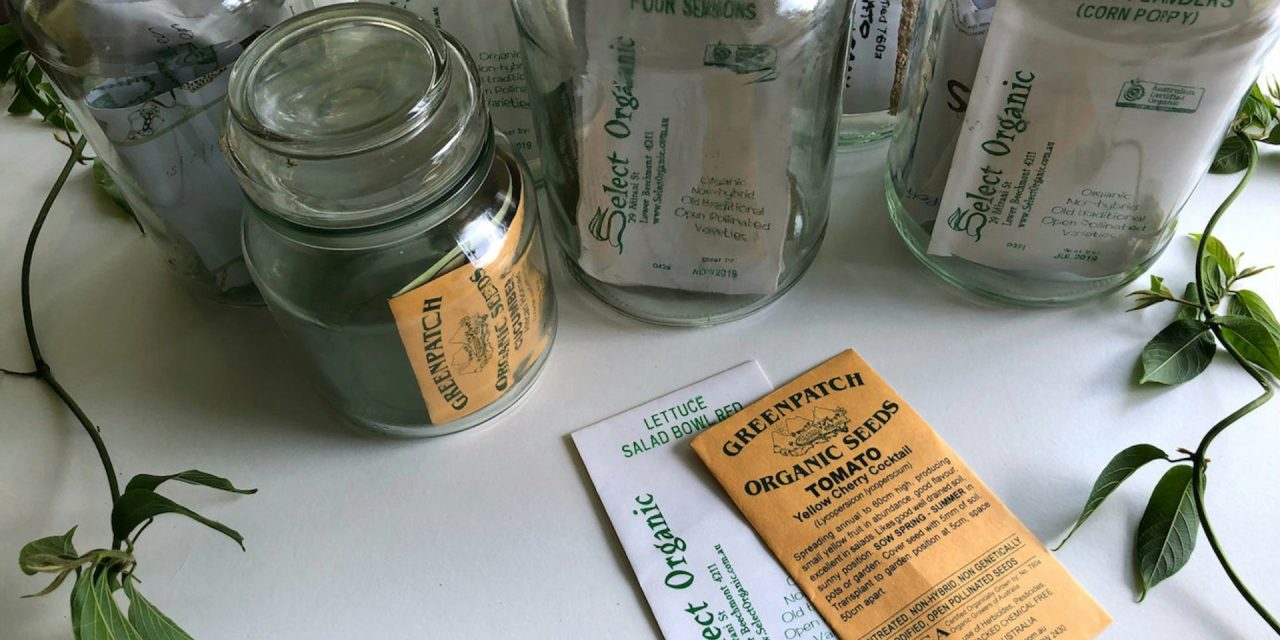It is no secret that the ingredients in our food seem to be a frontline on the current battleground. Each and every day we learn more about how the traditional American diet is harmful and even dangerous. In an effort to reclaim our food integrity, people are seeking out neighbors who are farmers and growers and are even trying to grow a few things themselves. Effort is being made to keep it local.
I was sitting at work the other day and a co-worker brought me a bag with a few seed packets in it. He told me that he had picked them up at his local library in a section where they were giving away free seeds. We visited a few minutes about how neat it was that their local library made seeds available for the taking.
Later that day I was thinking about our conversation, so I jumped online and began reading about the social trend of free seed libraries. It was so fun looking at all the photos and learning about how and why people set them up. I discovered that sometimes they are located in a public library or frequently visited community building. But, more commonly they are constructed by individuals who wish to give back to their community and set them up on their own personal property.
They are so cute! They look like little fairy houses. Each little library is lovingly and creatively filled with either purchased seed packets or with seeds that were collected from their own garden. Participants are asked to only take what they are willing to grow and to bring back some seeds to share if they have extras. Many times, there is also gardening and seed information available.
These little seed libraries offer a combination of two of my favorite things and those are gardening and community. They create a reason for neighbors to spend time together and to trade inexpensive, yet important commodities and information and to build friendships.
There was a day when the local co-op, or feed-and-seed store was an important anchor of commerce in a community. The person who managed the seed counter was considered a wise, community elder due to the gardening knowledge they possessed. They would generously share it with all who stopped by. These were community strengthening conversations that I hope one day will return.
It only takes one season for new gardeners to experience a little success until they are sharing their own stories and encouraging others to try. The more people that grow their own food the less dependent we are on others to provide from various places. There are so many benefits to keeping it local.
The desire to return to traditional, conservative values is real and we are witnessing a modern-day homesteading revival. The traditional skills and processes have become popular once again and those who know them are in high demand. According to my son, all you have to do is search for #sourdough and you will see the whole movement unfold before your very eyes!
Just as people see the need to become more self-sufficient and invest in their local communities, perhaps there should be a strong emphasis placed on supporting, strengthening and investing in the local Church.
In Hebrews 10:25 we read this about assembling, “not abandoning our own meeting together, as is the habit of some people, but encouraging one another; and all the more as you see the day drawing near.” Sometimes obeying God’s instructions seems like a sacrifice. However, in this case we should eagerly obey because this particular command is purely for our own benefit.
When we are connected to a local congregation, we reap huge benefits. Our lives are improved, and God is glorified. Whether you are sharing what you have through a small seed library or through your local church, your community is strengthened by your participation, and you are truly keeping it local.
“And do not neglect doing good and sharing, for with such sacrifices God is pleased.” Hebrews 13:16





